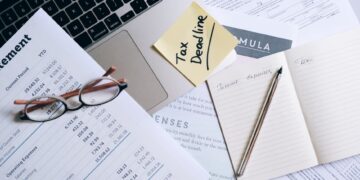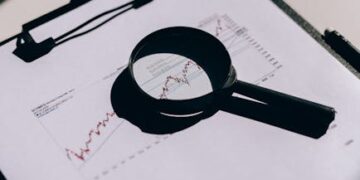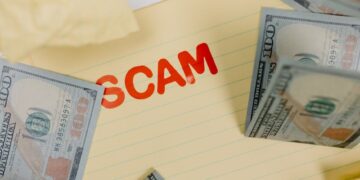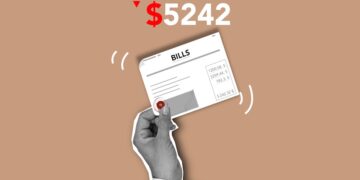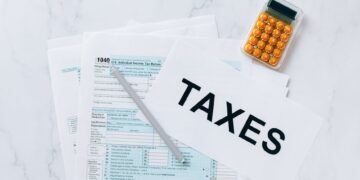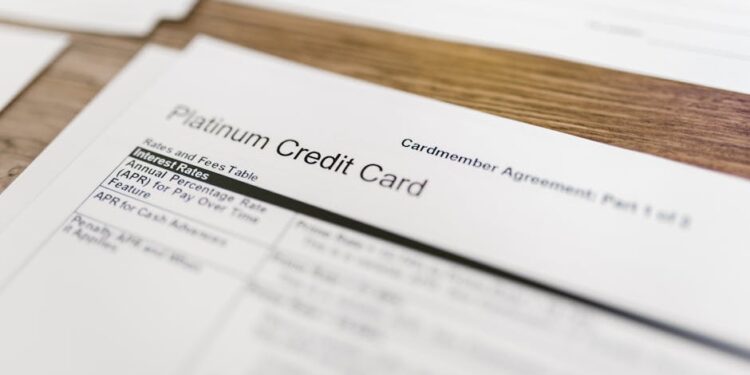Navigating Debt Clearance on a Tight Budget: A Guide for Low-Income Individuals
Dealing with debt can be daunting, especially for individuals on a limited income. However, it is possible to navigate through the murky waters of debt clearance without compromising your basic needs. This comprehensive guide provides practical strategies and actionable tips for low-income earners looking to free themselves from the burden of debt. Whether due to credit cards, medical bills, or loans, understanding how to manage and prioritize debt repayments is crucial.
Understanding Your Debt
Before embarking on your journey to debt freedom, it’s important to have a clear understanding of what you owe. Start by listing all your debts, including the creditor’s name, balance, interest rate, and monthly minimum payment. This task may seem overwhelming, but it is essential for creating a realistic plan to pay off your debts efficiently.
If necessary, seek assistance from financial advisors or use online tools specifically designed for low-income individuals. These resources often provide free services to help you understand and manage your debts effectively.
Creating a Realistic Budget
The backbone of successful debt clearance is a solid and realistic budget. Examine your monthly income and essential expenses such as housing, food, utilities, and transportation. Prioritizing these expenses ensures you maintain a basic standard of living while addressing your debt.
After covering essentials, allocate any remaining funds to debt repayment. Using the debt snowball method (paying off debts from smallest to largest) can foster motivation, or the debt avalanche method (targeting debts with the highest interest rates first) might save you more in interest payments.
It’s crucial to be strict with your budget but also realistic about what you can achieve without additional stress. Use budgeting apps or spreadsheets to keep track of your spending and adjustments.
Increasing Your Income
Boosting your income can significantly accelerate your debt clearance journey. Consider part-time jobs, freelancing, or even selling unused items. For those with limited time or physical ability, online opportunities may be a viable solution. Exploring community programs that provide stipends for volunteer work can also be beneficial.
Always be on the lookout for realistic ways to increase your income, taking your skills and schedule limitations into account.
Reducing Expenses
Reducing expenses goes hand-in-hand with increasing your income. This might entail cutting non-essential expenses such as subscriptions, takeouts, and luxury items. Also, look into less obvious areas where you might save money, like cheaper housing options, carpooling instead of driving solo, or switching to less expensive utility providers.
Every dollar saved is an extra dollar toward repaying your debt. The key is to identify areas where you can cut costs without severely affecting your daily life.
Debt Assistance Programs
Many non-profit organizations offer debt counseling and assistance for low-income individuals. These programs can negotiate with creditors to lower your interest rates or consolidate your debts into a single, more manageable payment.
Do thorough research or reach out to trusted financial advisory services for recommendations on credible programs. It’s important to avoid scams that promise too-good-to-be-true solutions and can end up costing you more in the long run.
Building and Maintaining Good Financial Habits
While clearing your debts, it’s also crucial to build sustainable financial habits. Regularly review and adjust your budget, increase savings gradually, and avoid accruing new debt. Educate yourself on basic financial principles and seek regular advice from financial literacy programs.
Consistently applying these habits can provide you with the skills needed to avoid falling back into debt and manage your finances effectively in the future.
Conclusion
Debt clearance on a tight budget requires commitment, discipline, and a realistic plan. By understanding your debts, creating a budget, seeking additional income, reducing expenses, and utilizing assistance programs, you can navigate your way out of debt even on a low income. Remember, every small step taken is progress towards a debt-free life.
No matter how difficult it may seem, with the right strategy and support, overcoming debt is definitely within your reach.
FAQs
What is the best method to pay off debts for low-income individuals?
Low-income individuals may benefit from the debt snowball method which provides psychological wins, or the debt avalanche method which is more financially efficient by targeting high-interest debts first.
Are there trustworthy debt relief programs for low-income earners?
Yes, numerous non-profit organizations offer legitimate debt relief and counseling services targeted at low-income earners. Always ensure these services are accredited by recognized bodies like the National Foundation for Credit Counseling (NFCC).
Can budgeting apps help in managing my debts?
Yes, budgeting apps can provide a clear view of your income, expenses, and progress toward your debt clearance goals. Many of these apps can also help in identifying potential savings and tracking various financial goals.
Navigating through debt on a limited income can be challenging, but with the right approach and tools, achieving financial freedom is possible. This guide serves as a comprehensive roadmap for individuals looking to manage and overcome their debt challenges effectively.







